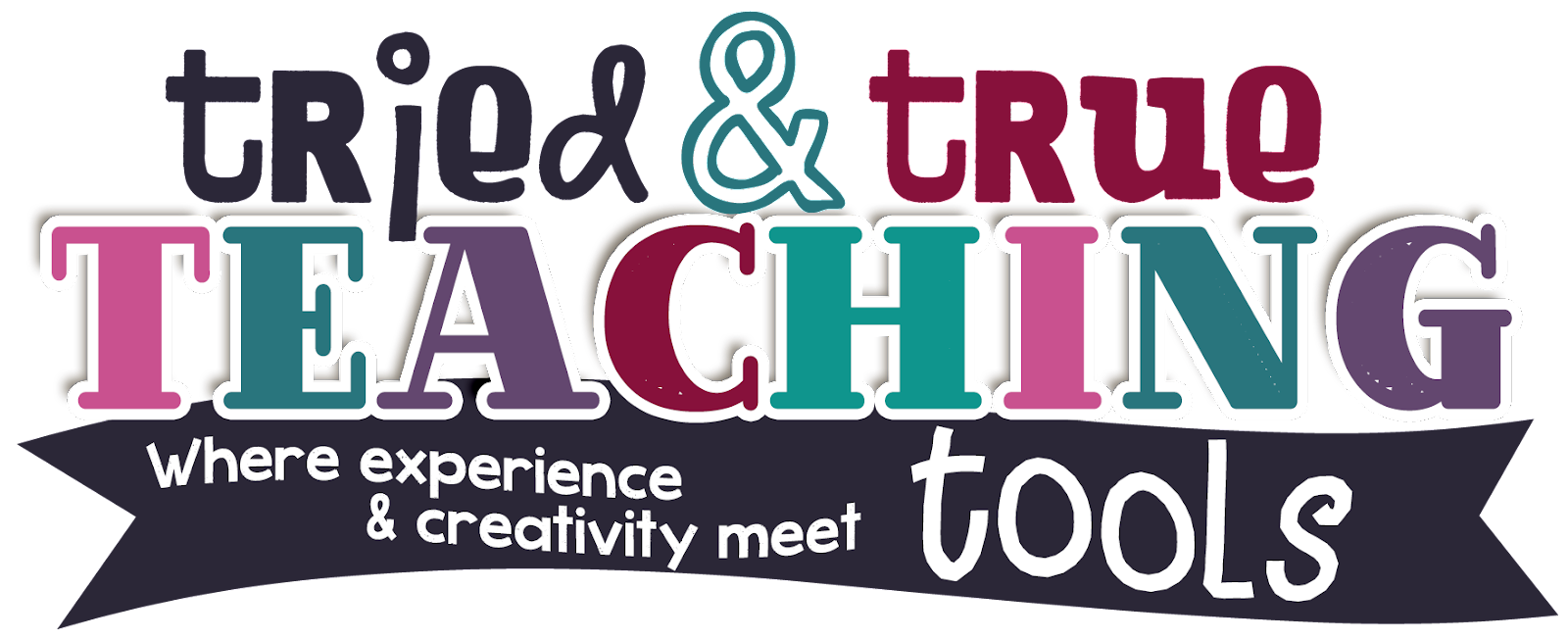Keeping students' attention and motivation is always a challenge. Here are four tried & true games that kids love to play while learning!
As I was trying to think of ways to review information without droning on & on, I happened to walk into my parents' garage. While not quite worthy of Hoarders, my mom has kept quite a few things from my sisters' & my childhood!! I was SO excited to find our old Toss Across game!! We used to love playing with it back in the 1970's, even though it's a complete game of chance luck.

- The class divides into 2 teams, one on either side of the Toss Across.
- To begin play, the teacher asks a review question & the first team to answer correctly gets to throw the first beanbag. (This does NOT necessarily mean that team gets the first X or O, however, since throwing the beanbag & getting it to turn over to the desired symbol is MUCH trickier than it appears!)
- The first team to turn X or O remains that symbol for the rest of the game.
- Teacher continues to ask each team a question until one side gets 3 in a row.


You know you're on to something when your students BEG to spell! Our family loves playing Bananagrams; think portable Scrabble in a bag, no gameboard necessary. What better word work practice, if it involves team building, running, and spelling?!
Bananagrams Rules/How to Play:
1. Lay all the tiles face down in the middle of a large open space.2. Each team picks up a certain number of tiles, depending on how many teams are participating: 2-4 teams, 21 tiles each, 5-6 teams, 15 tiles each; 7-8 teams, 11 tiles each.
3. Each team should have their own large, open space to lay their tiles face down. Once each team has laid all their tiles in the designated areas, any player should then start the game by yelling, “Split!”
4. Players can now turn their tiles over and begin to make words.
5. Words created must connect and intersect, just like they would in Scrabble or a crossword puzzle.
6. Once a team has used up all of his or her tiles, they yell, “Peel!” One player from each team must then run to the middle of the area to grab another tile.

7. Players can rearrange their tiles as often as they like.
8. If a team has a tile that is difficult to place in a word, one player may yell, “Dump!” and put that tile back in the middle in exchange for 3 new tiles.
9. Once there are less tiles left in the center than there are players, the first player to place all of his or her letters yells, “Bananagrams!”
10. All other players should check this player’s words to ensure they are all legal (found in the dictionary). If all the words check out, this team is the winner!
For directions on how to make your own set of tiles, click HERE.Who doesn't love a game show? The sounds and excitement of buzzers are highly motivating! The buzzers came in a set of 4, each with a different LOUD sound. The kids will be immediately hooked! (It's like that buzzer in the game Taboo; slamming it is the best part of playing!)
We've used buzzers in teams to review vocabulary, solve math problems, and practice answering social studies and science questions. And yes, just like Taboo, kids will jump the gun & slap the buzzer, even if they do not know the answer! (I'm sure you can imagine. . .)
There is so much focus and students all want a turn, but they need to help their team by knowing the content. They will beg to play again! Buzzers are definitely motivating for student participation!

Depending on the color block the student picks, they pick that same colored task card. Each color is a different operation: addition, subtraction, multiplication, division, and mixed operations. Purple is "free choice". Everyone in the group solves the same problem then shares their answers. Students solve equations on paper or dry erase boards.
If their answer is incorrect, the other kids in the group teach how to solve the problem. Then the block is placed on top. This encourages teamwork and cooperation. It's a win-win interactive game!I'm planning to create more Jenga sets for social studies & science, as well as a fraction set. Be sure to follow my TpT store to be updated on when new products are added! Click {HERE} to get your set of Mixed Operations Jenga.
I hope one of these games helps your students to stay motivated to learn! (Plus it's fun for teachers!) What strategies do you use to review content?
Click on the buttons below for more great teaching ideas!


.jpg)









No comments
Post a Comment